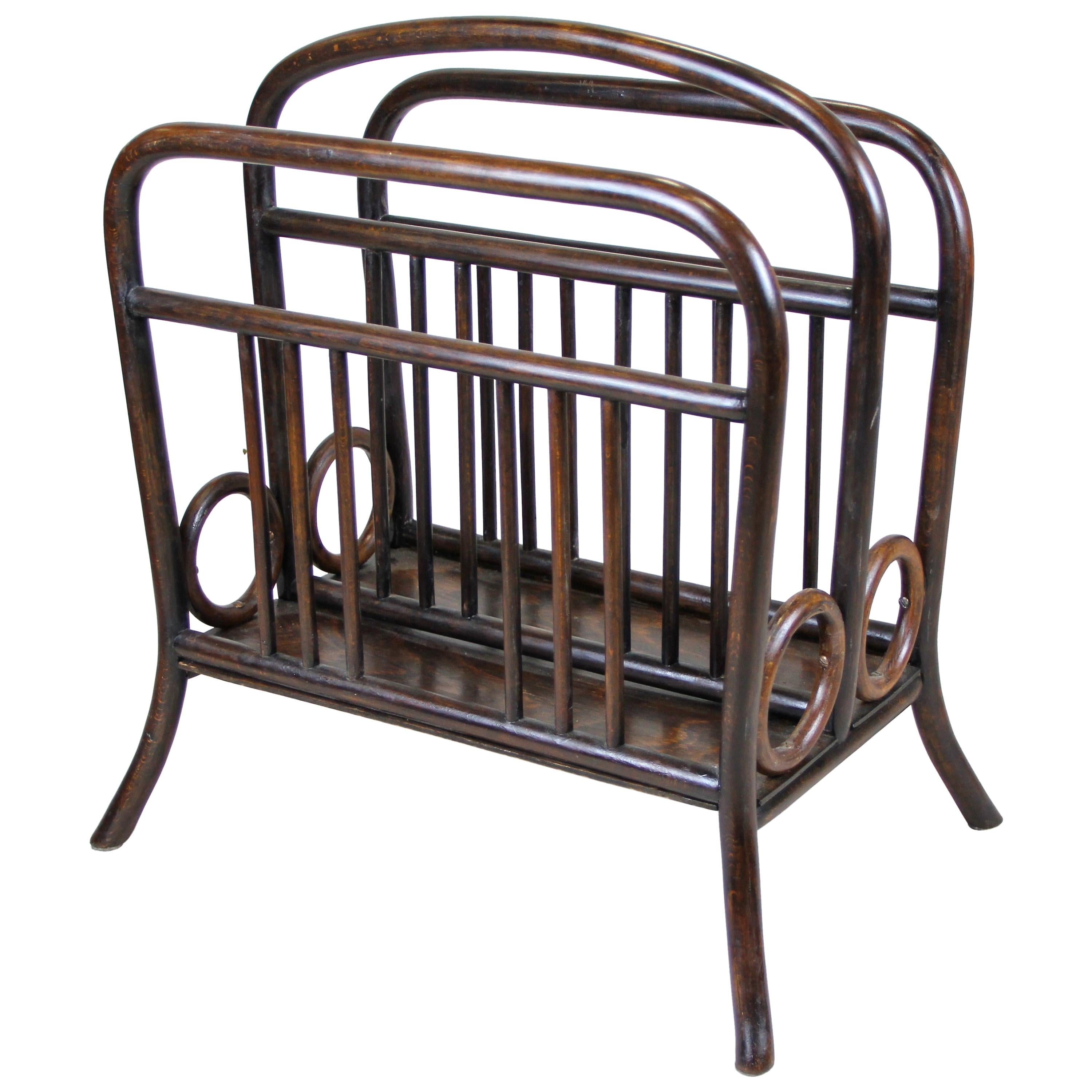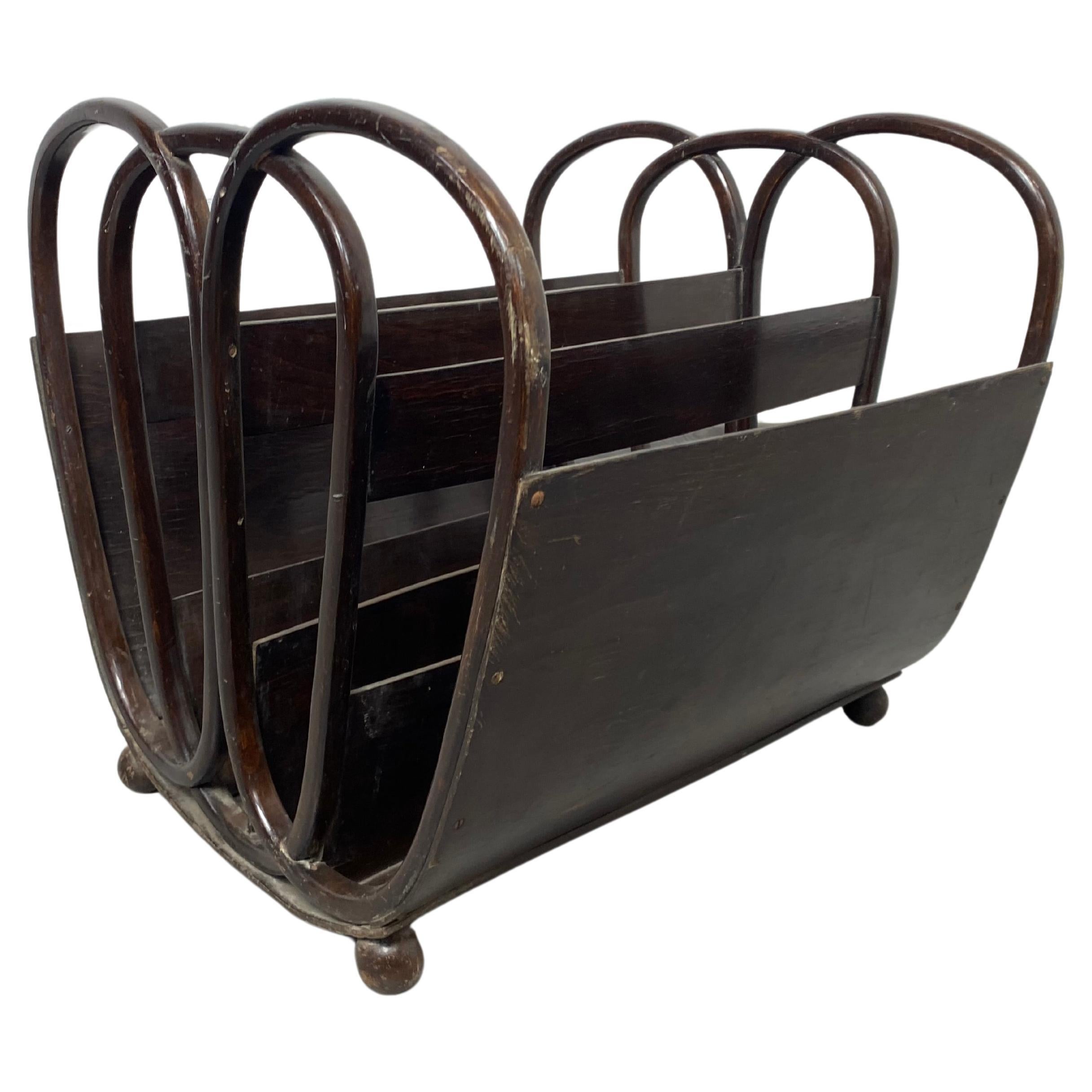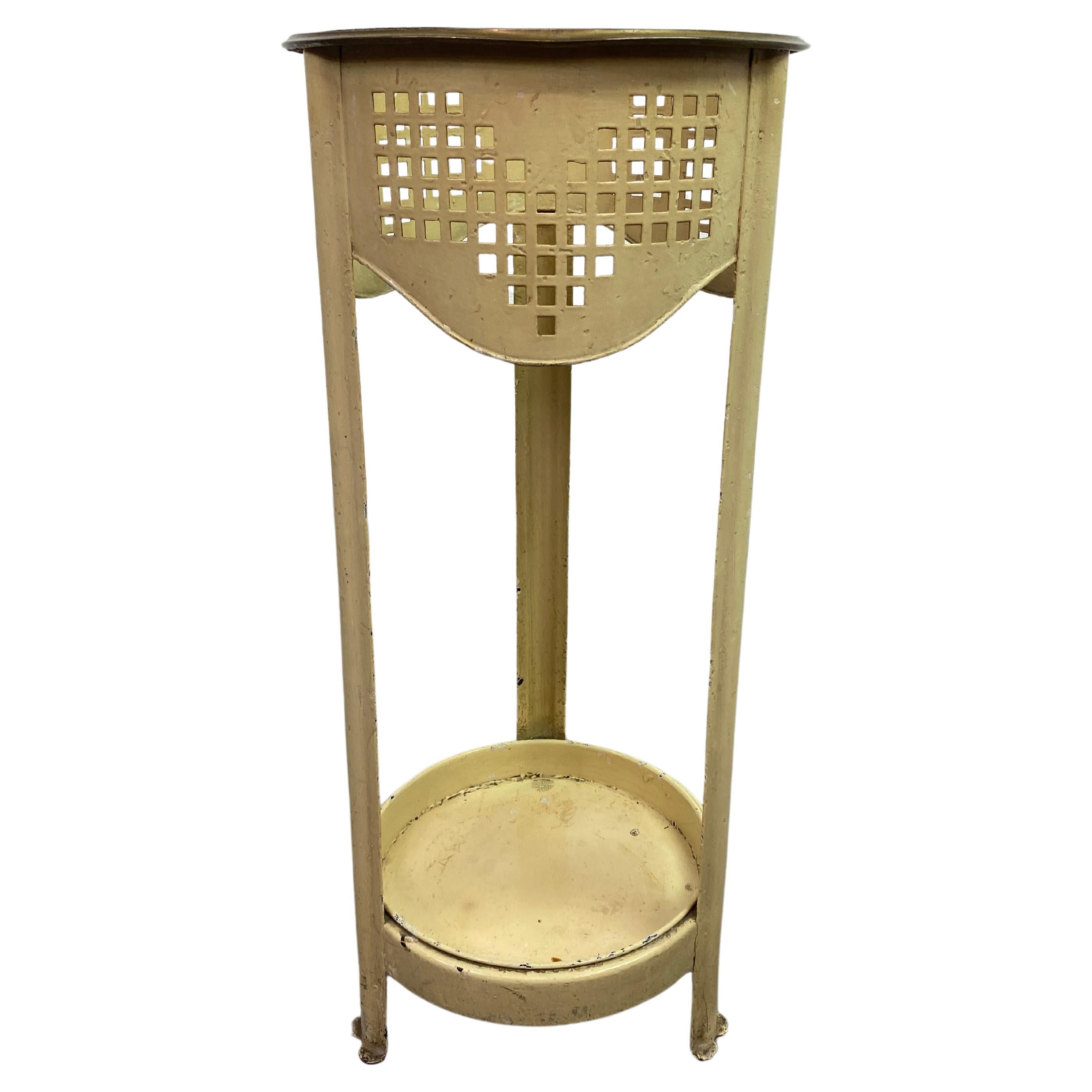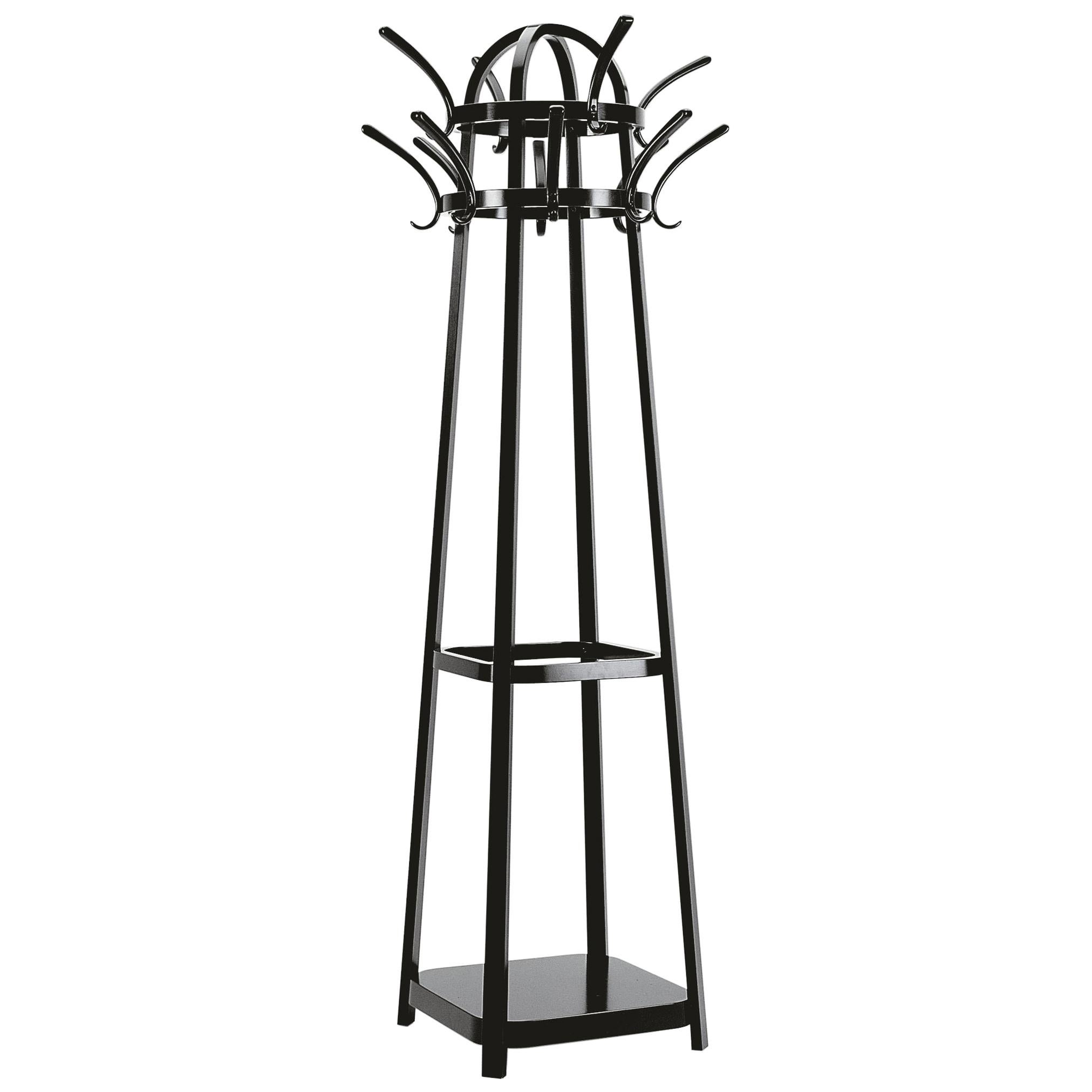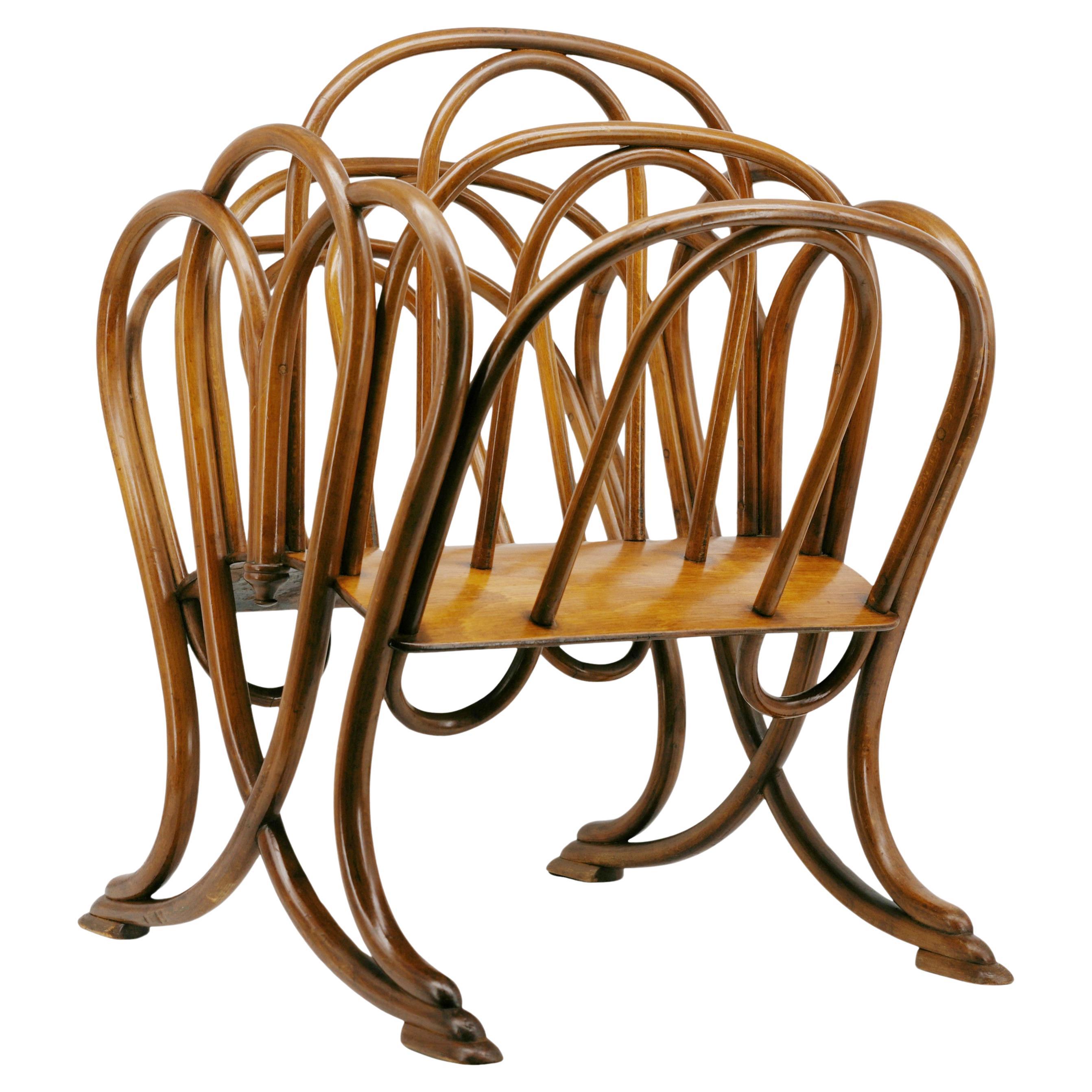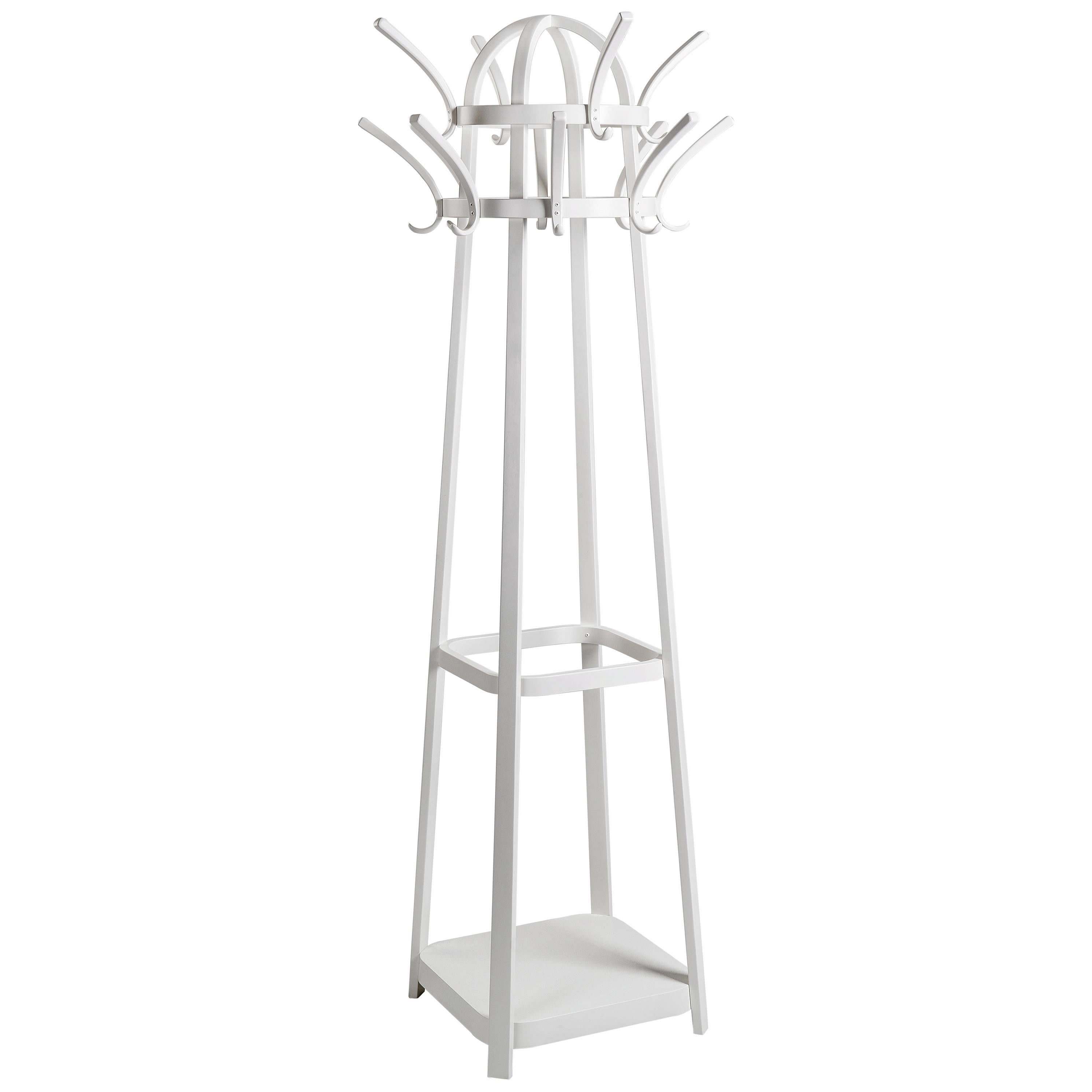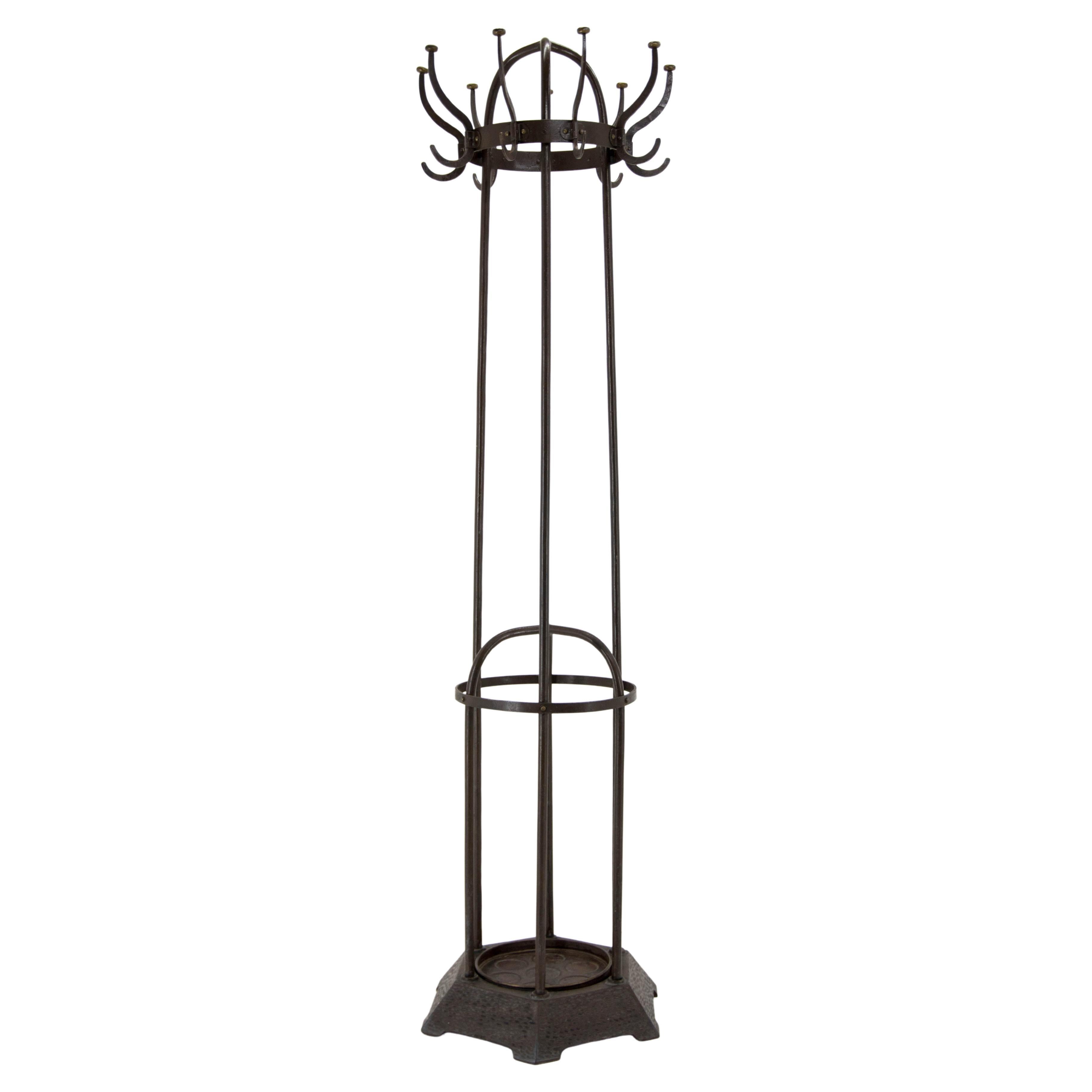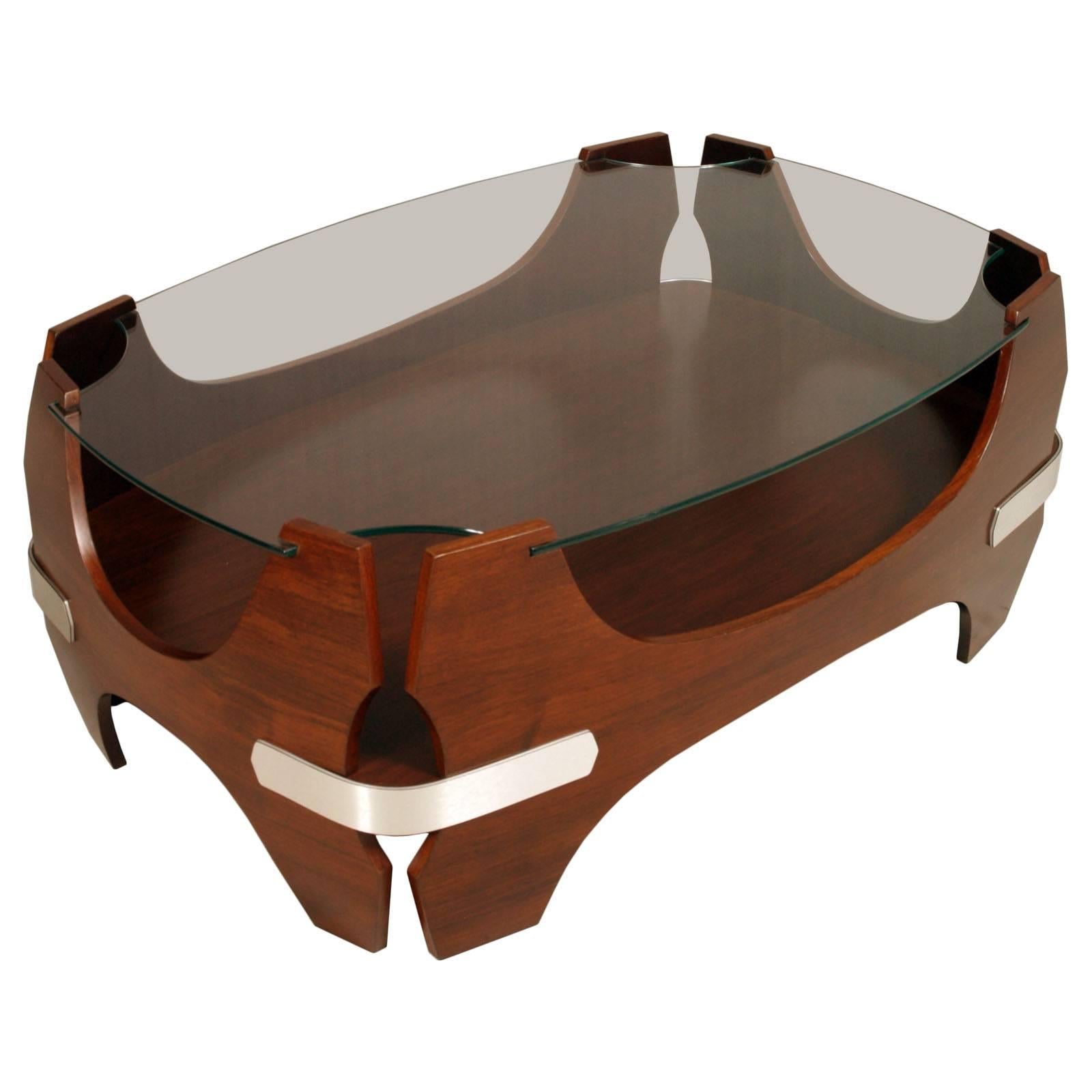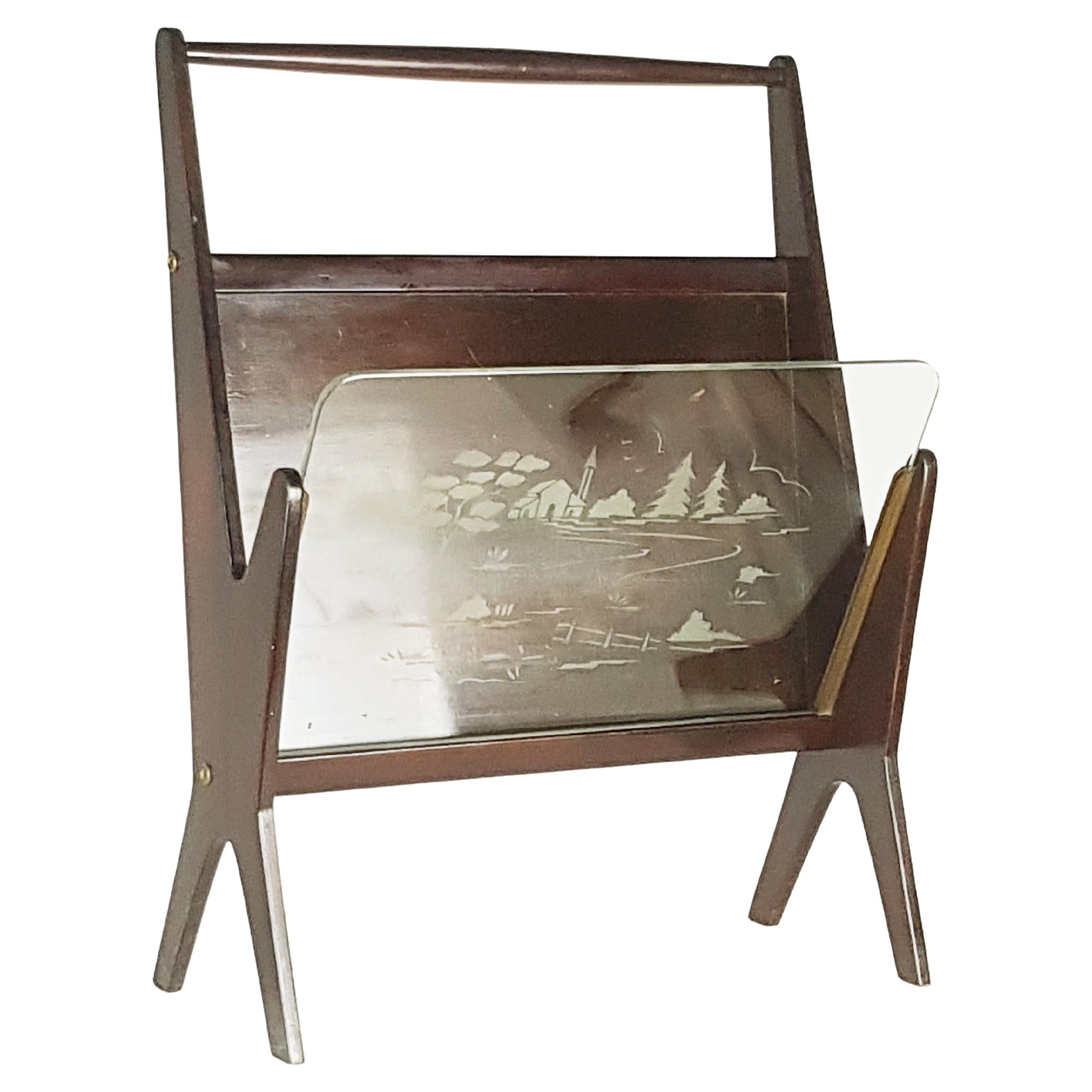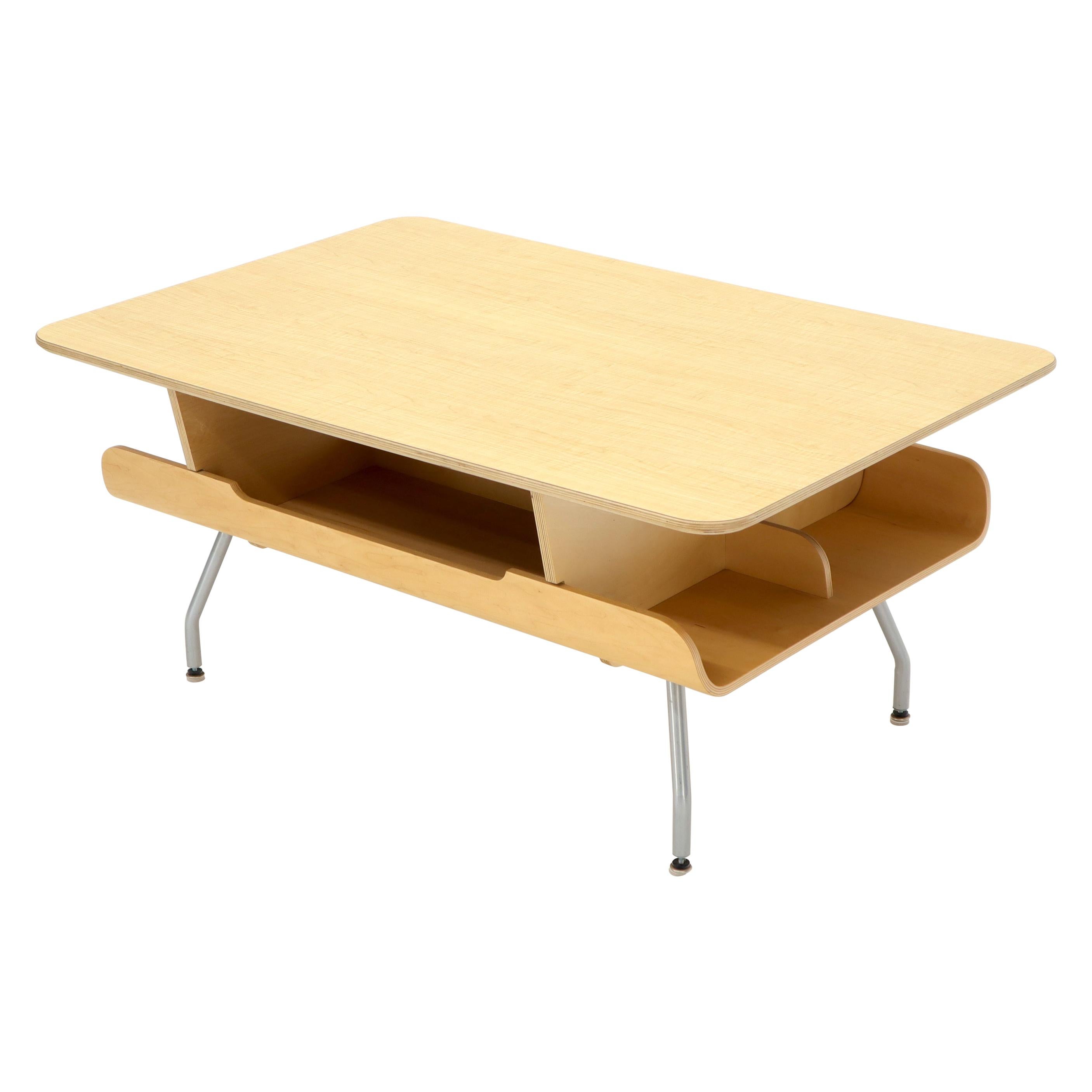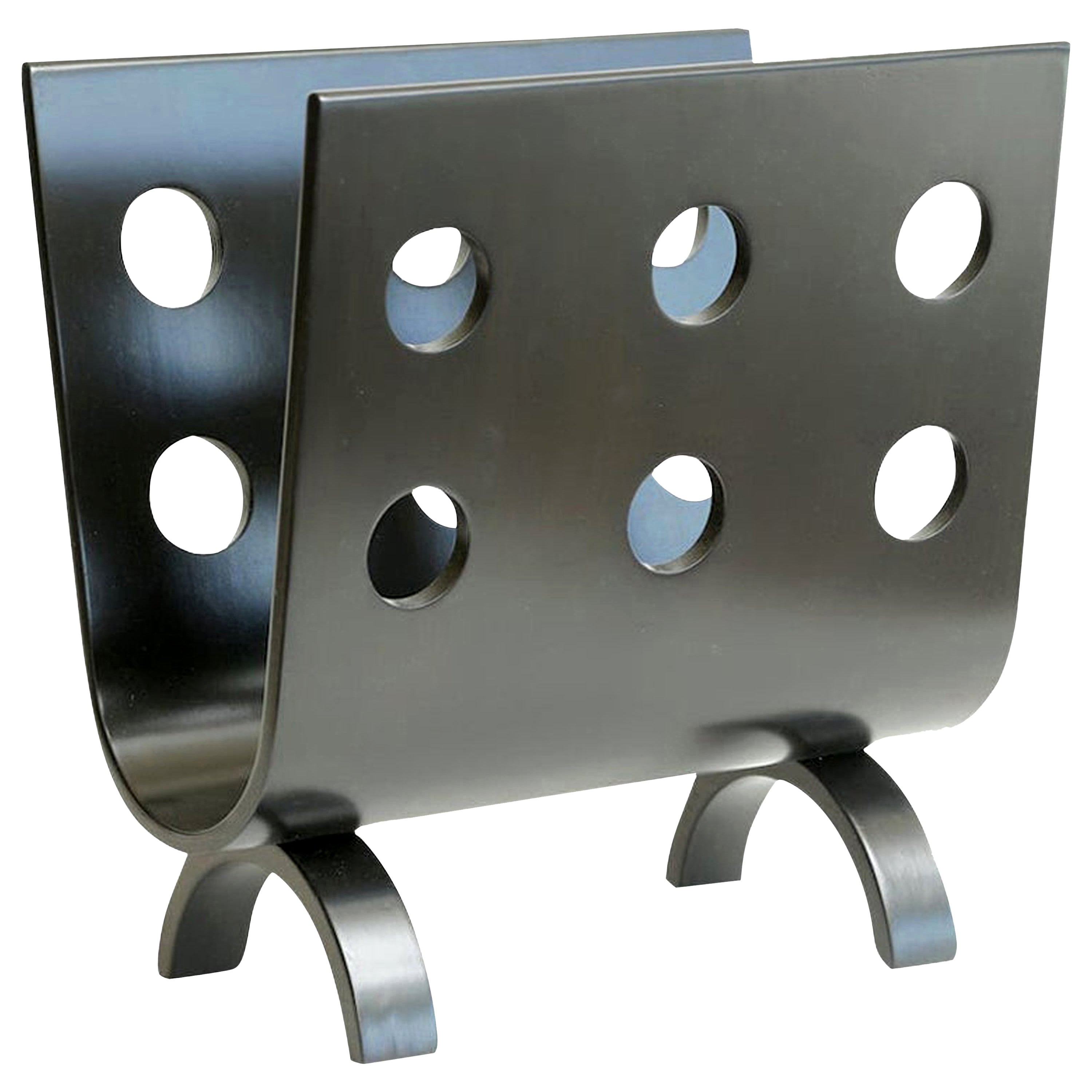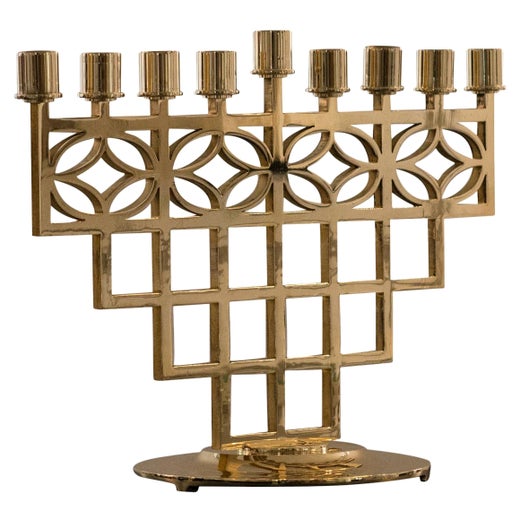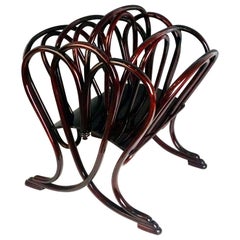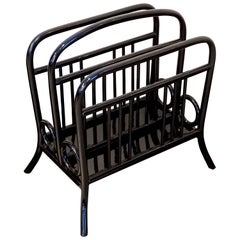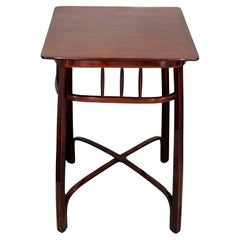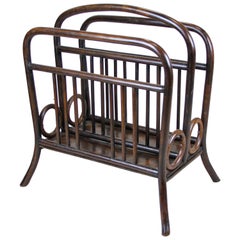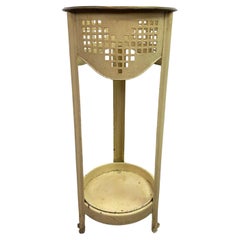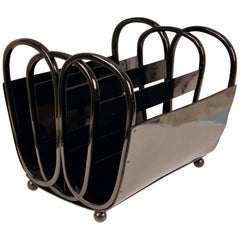
Kohn Magazine Rack Bentwood Plywood Black, Kolo Moser Nr. 1070, circa 1901-1905
View Similar Items
Kohn Magazine Rack Bentwood Plywood Black, Kolo Moser Nr. 1070, circa 1901-1905
About the Item
- Creator:Koloman Moser (Designer)
- Dimensions:Height: 16.53 in (41.99 cm)Width: 18.11 in (46 cm)Depth: 18.11 in (46 cm)
- Style:Art Nouveau (Of the Period)
- Materials and Techniques:Bentwood,Blackened
- Place of Origin:
- Period:1900-1909
- Date of Manufacture:circa 1901-1905
- Condition:Original vintage furniture deriving from manufacturing period ! In excellent condition (ready for use).
- Seller Location:Vienna, AT
- Reference Number:1stDibs: LU1014414334792
Koloman Moser
Born in Vienna in 1868, Koloman Moser briefly attended trade school, honoring his father’s wish to see him in commerce. But he soon surrendered to his artistic inclinations, enrolling in 1885 in Vienna’s Academy of Fine Arts, where he studied painting.
When his father died unexpectedly in 1888, leaving the family in financial straits, Moser (1868–1918) helped out by doing illustrations for books and magazines. Meanwhile, he continued his painting studies, at the academy and then at the School of Arts and Crafts, starting in 1892. That was also the year that Moser, along with other young artists revolting against the Viennese art world’s devotion to naturalism, formed the Siebner Club, the precursor to the Vienna Secession.
Moser’s introduction during his last term at school to Gustav Klimt’s Allegory of Sculpture proved a turning point for the young artist. Christian Witt-Dörring, guest curator of the 2018–19 exhibition “Koloman Moser: Universal Artist between Gustav Klimt and Josef Hoffmann” at the MAK in Vienna, noted a change in the artist’s drawing style. “Primarily inspired by the art of Japan, [Klimt] introduces new paper sizes, fragmented image details, and an emphasis on the line as opposed to the surface,” wrote Witt-Dörring in the exhibition’s catalogue.
A year later, in 1897, Moser together with Klimt, Carl Moll, Joseph Olbrich and Josef Hoffmann founded the Vienna Secession, a union of artists and designers determined to upend Austria’s artistic conservatism. The members were committed to making total works of art: Gesamtkunstwerken. Looking to the English Arts and Crafts Movement, with its guiding principle of unity of the arts, the group attempted to bring art back into everyday life and introduce a local modernism to fin-de-siècle Vienna. Moser, whose membership in the club also afforded him entry into upper-class Viennese society, turned his back on oil painting and forged ahead with Gesamtkunstwerk.
Moser created everything from exhibition design to facade ornamentation for the Secession Building, to graphic materials. Moser also produced posters and advertisements in his “modern style” for various companies. In 1898, he presented his first decor pieces, including hand-knotted rugs and cushion covers. In 1899, Moser began what would become a lifelong professorship at the School of Arts and Crafts. His repertoire now expanded to include furniture, ceramics and patterns like his trademark checkerboard design. He also moved into scenography and fashion and established himself as an interior designer.
The artist decorated his own home in 1902, after which he received a series of important commissions, notably the villa of textile industrialist Fritz Waerndorfer. It was Waerndorfer who provided the financial support that enabled Moser and Hoffmann in 1903 to found the Wiener Werkstätte, a platform for fully realizing their ideal of Gesamtkunstwerk. Two years later, Moser married Edith Mautner von Markhof, the daughter to one of Austria’s great industrial barons, and his work thrived.
In 1907, the Wiener Werkstätte ran into financial trouble. Losing faith in the unity of the arts and disillusioned with the group’s dependency on wealthy patrons like Waerndorfer, Moser left the Werkstätte. He returned to his original discipline, painting, which he continued to practice until his untimely death from cancer, in 1918.
Today, Koloman Moser’s work, from his metal vases to his jewelry to his interiors, remains sought-after and revered. Browse Moser's radically modern creations at 1stDibs.
- Thonet Magazine Rack Beechwood Mahogany Stained Model 11801, circa 1904By Gebrüder Thonet Vienna GmbHLocated in Vienna, ATThonet Vienna most elegant music, newspaper and magazine rack High quality handwork, stunningly shaped bentwood, superb appearance Beech wood, dark mahogany stained, shellac hand...Category
Antique Early 1900s Austrian Art Nouveau Magazine Racks and Stands
MaterialsBeech, Mahogany
- Thonet Vienna Art Nouveau Music, Newspaper or Magazine Rack, Model 33, BlackBy Gebrüder Thonet Vienna GmbHLocated in Vienna, ATHigh-quality handwork, shapely bentwood, stained black Manufactured by THONET BROTHERS, Vienna, around 1900 - original THONET sticker on the underside Model number 33 Beech wood, stained black and hand-polished, reworked by hand Measures: Height: 55.0 cm / 21.65 inches Width: 52.0 cm / 20.47 inches Depth: 34.0 cm / 13.38 inches Bibliography: Illustrated Catalogue of Michael Thonet, Vienna 1904, page 87, number 33 Original vintage furniture...Category
Antique Early 1900s Austrian Art Nouveau Magazine Racks and Stands
MaterialsBeech, Bentwood
- J.&J. Kohn Art Nouveau Waiting Table, Mahogany stained, Austria, Around 1905By Jacob & Josef KohnLocated in Vienna, ATElegant Art Nouveau waiting table, or flower table, on slightly outwardly curved legs, with decorative struts underneath the table top and in the base area. High-quality handcrafted ...Category
Antique Early 1900s Austrian Art Nouveau Nesting Tables and Stacking Tables
MaterialsBeech
- Jacob & Josef Kohn Vienna Art Nouveau Settee Number 412 by Otto Wagner c.1901By Otto WagnerLocated in Vienna, ATArt Nouveau Settee for Setting Up in Corner / model number 412 Design created by Otto Wagner (1841 - 1918) on behalf of Jacob & Josef Kohn Manufactory. Vienna, made circa 1901 - ...Category
Antique Early 1900s Austrian Art Nouveau Armchairs
MaterialsBrass
- Silver Austrian Excellent Serving Platter, circa 1905By Carl KolbingerLocated in Vienna, ATAustrian silver excellent serving platter vienna art nouveau / made circa 1905 excellently made oval silver serving platter of finest quality. the platter's middle area has sm...Category
Antique Early 1900s Austrian Art Nouveau Sterling Silver
MaterialsSilver
- Art Nouveau Table Rarity Beechwood Mahogany Massive and Veneer Vienna circa 1905Located in Vienna, ATArt Nouveau table, made of mahogany wood: Mahogany massive and veneer (table's plate) / high quality handwork. It is of most elegant appearance: The oval table's plate is attached t...Category
Antique Early 1900s Austrian Art Nouveau Tables
MaterialsBeech, Mahogany
- Thonet Newspaper Rack Nr. 33 Bentwood, Austria, circa 1905By Gebrüder Thonet Vienna GmbHLocated in Lichtenberg, ATElegant Thonet Newspaper Rack, catalogue No. 33, from Austria circa 1905. Made of Fine bentwood and trimmed to a beautiful nut wood look, this rack co...Category
Early 20th Century Austrian Art Nouveau Magazine Racks and Stands
MaterialsBentwood
- Magazine holder no.1069 by Koloman Moser for J&J KohnBy Koloman Moser, Jacob & Josef KohnLocated in Banská Štiavnica, SKMagazine holder no.1069 by Koloman Moser for J&J Kohn in very nice original condition with signs of use.Category
Vintage 1910s Austrian Vienna Secession Magazine Racks and Stands
MaterialsBeech, Bentwood
- Umbrella stand attributed to Josef Hoffmann - Kolo MoserBy Josef Hoffmann, Koloman MoserLocated in Banská Štiavnica, SKUmbrella stand attributed to Josef Hoffmann - Kolo Moser in very good original condition.Category
Vintage 1910s Austrian Vienna Secession Umbrella Stands
MaterialsMetal, Brass
- Gebrüder Thonet Vienna GmbH Kolo Moser Wooden Coat Rack in BlackBy Adolf Loos, Gebrüder Thonet Vienna GmbHLocated in Brooklyn, NYThe graphic and artistic talent of Koloman Moser shown at its best in this item designed in 1905. The Viennese artist and designer uses the bentwood technique to model the 12 beech c...Category
21st Century and Contemporary Austrian Modern Coat Racks and Stands
MaterialsWood
- THONET Bentwood Magazine Rack, ca.1880By Studio Art DecoLocated in Saint-Amans-des-Cots, FRBentwood magazine rack by THONET GEBRÜDER (Vienna), Austria, ca.1880. Beechwood). Height : 24"(61cm), Width : 16.5"(42cm), Depth : 22"(56cm). In stunning original condition.Category
Antique 1880s Austrian Art Nouveau Magazine Racks and Stands
MaterialsBeech
- Gebrüder Thonet Vienna GmbH Kolo Moser Wooden Coat Rack in WhiteBy Adolf Loos, Gebrüder Thonet Vienna GmbHLocated in Brooklyn, NYThe graphic and artistic talent of Koloman Moser shown at its best in this item designed in 1905. The Viennese artist and designer uses the bentwood technique to model the 12 beech c...Category
21st Century and Contemporary Austrian Modern Coat Racks and Stands
MaterialsWood
